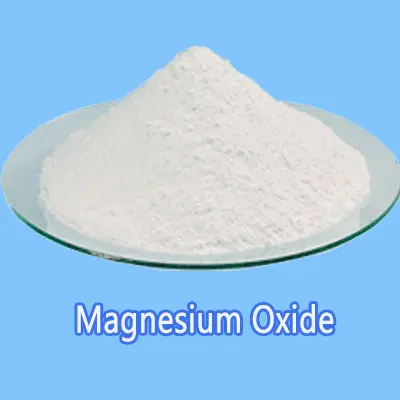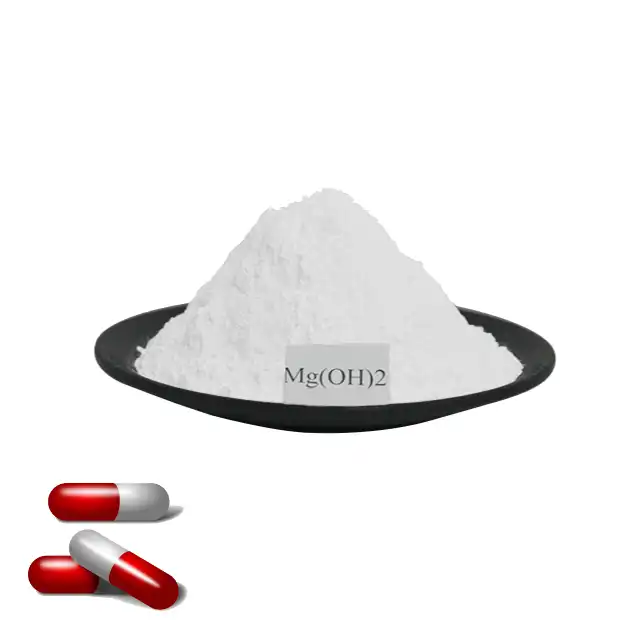Hebei Messi Biology Co., Ltd. stated that the hydration of magnesium oxide is a solid-liquid heterogeneous reaction. As hydration proceeds, the magnesium oxide particles gradually shrink and generate magnesium hydroxide. The conversion process includes the following steps:
(1) The magnesium oxide molecules on the surface are hydrated to form magnesium hydroxide;
(2) Diffusion of magnesium hydroxide microcrystals into aqueous solution;
(3) Water molecules pass through the magnesium hydroxide layer on the particle surface and come into contact with magnesium oxide;
(4) Growth and agglomeration of magnesium hydroxide crystals. This process is essentially a hydration and recrystallization process.
In the process of preparing magnesium hydroxide by hydrating magnesium oxide, the activity of magnesium oxide is an important factor that determines whether the reaction can proceed smoothly. If the activity of magnesium oxide is good, the activation energy required for the reaction is low; conversely, if the activity of magnesium oxide is poor, the activation energy required for the reaction is high. The magnesium oxide used in this experiment has poor activity and high reaction activation energy, so the energy absorbed to react with water is high. At lower temperatures, the reaction rate is very slow and the reaction is more difficult to occur. As the temperature increases, the energy of the reaction system also increases. The molecules can absorb enough energy to become activated molecules, and the percentage of activated molecules increases. At the same time, molecular motion intensifies and the frequency of mutual collisions increases, greatly accelerating the reaction rate. Therefore, the activity of magnesium oxide directly affects the rate of magnesium oxide hydration.
Tests by Hebei Messi Biology Co., Ltd. show that using Qinghai Salt Lake magnesium oxide as raw material, using the direct hydration method, at a reaction temperature of 180~200°C and a reaction time of 5~7 hours, when the raw material solid-liquid ratio is 1:40, average particles can be obtained A flaky magnesium hydroxide product with a diameter of about 20 μm and good crystallization. In the process of preparing magnesium hydroxide by direct hydration of magnesium oxide, the activity of magnesium oxide is an important factor that determines whether the reaction can proceed smoothly. The magnesium oxide from a salt lake in Qinghai selected for this experiment has poor reactivity and reacts slowly with water at lower temperatures. When the reaction temperature rises above 180°C, the reaction speed of magnesium oxide and water can be greatly increased, making it possible to Magnesium oxide is completely converted into magnesium hydroxide in a relatively short period of time.


